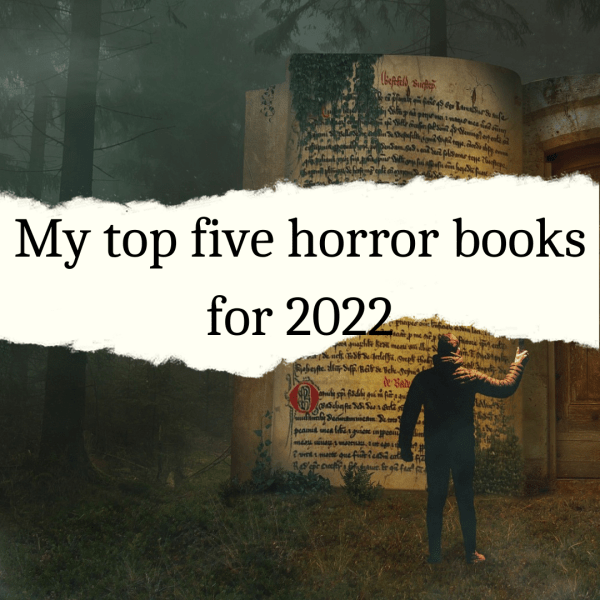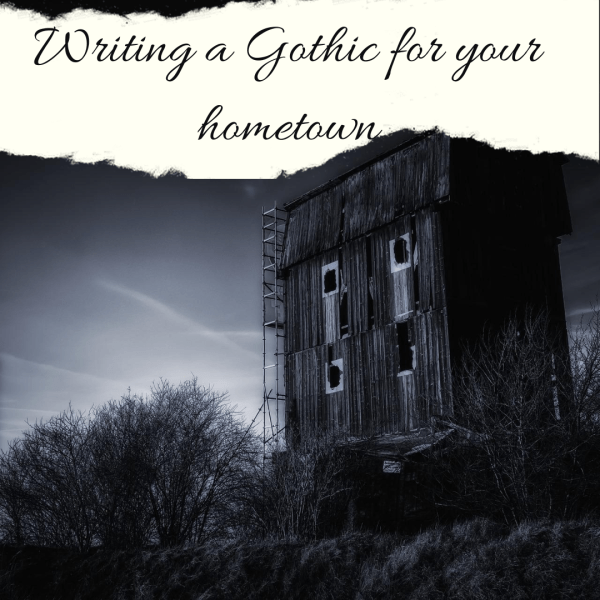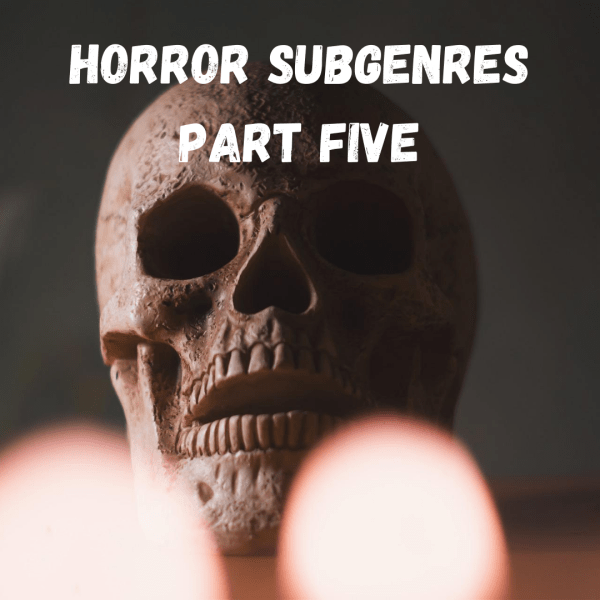Just in case you missed them, here are links to parts one, two, three and four.
This horror subgenre post might be my favorite because we’re going to talk about one kind of subgenre that I love. The Gothics.
Southern Gothic
Southern gothic is all about the dark corners of the southern American states. Which gets me every time. Aside from New Orleans, I don’t see much to enjoy below the Mason/Dixon line. If you’re from that part of America and you don’t like that, stop voting for politicians who are trying to take away reproductive rights.
That felt like a snarky point, but it does have something to do with the subgenre. You see, Southern Gothic tends to deal heavily with the complex political spectrum of the south. There is racism and hatred. Burning crosses and battered women. It’s hard for someone like me, who only spent a year there as a child then got the hell out, to grasp the weight of it.
The Southern Gothic subgenre has a lot of discussions of racism. A lot of focus is on the oppressive heat and the strangling kudzu. It’s the nightmares of men defeated in a war, and a people stolen from their homeland and sold as slaves.
Some great examples of Southern Gothic are Lovecraft Country, Texas Chainsaw Massacre, and this one episode of Monsterland.
Southern Ontario Gothic
There’s a funny story about this subgenre. Author Timothy Findley was being interviewed about his book, The Last of The Crazy People. The interviewer said it had a very Southern Gothic feel. Findley responded, “Sure, it’s Southern Gothic. Southern Ontario Gothic.”
This sort of work is essentially horror with the aesthetic of Canada. This is what I love about gothic genres in general. It is something that can’t always be understood by outsiders, but it is deeply felt by those who have roots in a certain community. Because we are all outsiders to some, and we all have roots somewhere else. Gothic stories are all about those dark corners we know about in our communities.
Because everywhere has dark corners.
Splatter Film
This subgenre has a far different vibe than the others we’ve talked about today. A splatter film glorifies all the gore and blood your dark little heart could want. There are few holds barred in this sort of film. Guts and blood are so prevalent, this feels more like torture porn sometimes.
Other times it can be funny as hell, like in Evil Dead or Dawn of the Dead.
Splatter films come in all sorts of flavors. A fun one from a few decades ago is splatterpunk from the ’80s. Back when everything was punk.
Suburban Gothic
This is the gothic subgenre I’m most familiar with. As someone who just moved out of the suburbs, which I hate, I know all about this one.
The suburbs represent conformity. They’re a place many people dream of living, but only because they’ve never done it before. Everyone’s grass is always cut. Their trash is brought to the curb. Everyone’s car is clean.
Too clean.
My favorite example of this subgenre is The House Next Door, which explores madness in many forms. Another example is Nightmare on Elm Street, where a mob of suburban parents went to extremes to protect their children. Then there’s Poltergeist, which explores the desire to afford to live in this sort of neighborhood, and what lengths someone might go to to achieve that.
Zombies
Ah, zombies. Another genre close to my heart, being from Pittsburgh and all.
Zombies are pretty popular in pop culture. The fun thing is, that they can also fit into almost any of the other subgenres. You’ve got some zombie stories that are flat-out adventure tales, splatter films, gothic movies of every flavor.
What I love about the zombie subgenre is that it isn’t about the zombies. I mean, it’s a little about the zombies. But it’s more about how the living respond to this apocalypse. What do we do when there’s bad death threatening on all sides? When supplies are low. When we might be separated from people we love, unsure that they’re alright but with every reason to think they’re not. What do we do when the power goes out, the water goes out, the wifi goes out?
That’s the real terror of a zombie story. But it’s the real inspiration, too. Because the people who just look out for themselves, they’re the bad guys. They’re the ones who don’t make it. It’s the people who are looking out for their fellow man, who are risking their own lives to save others, that are the heroes.
That’s one of the best things about horror in any genre. When faced with unimaginable odds, with the worst kinds of pain and horror, some heroes stand up and save others. Usually with nothing but the will to help and a double-barrel shotgun. Or a chainsaw arm. Whatever they have.
We’ve just got one more of these horror subgenre posts to go. Leave a like if you’ve enjoyed this, and I’ll see you next time.
Quiet Apocalypse is available now for preorder! Check it out on Amazon or Smashwords.
The end of the world began with a winter storm.
Sadie’s quiet life is interrupted when a tree crushes the roof of her attic apartment. She’s forced to move to a smaller apartment in the building. Then, her aunt guilts her into clearing an ouija board of a particularly irritating spirit.
But it wasn’t just the roof that was broken by the tree. There was something trapped within the building, waiting. Waiting to wake and bring about the end of the world.
Not with screams, but with silence.
Paper Beats World is a labor of love. If you found value in this post, please consider buying me a cup of coffee on Ko-fi.













Recent Comments